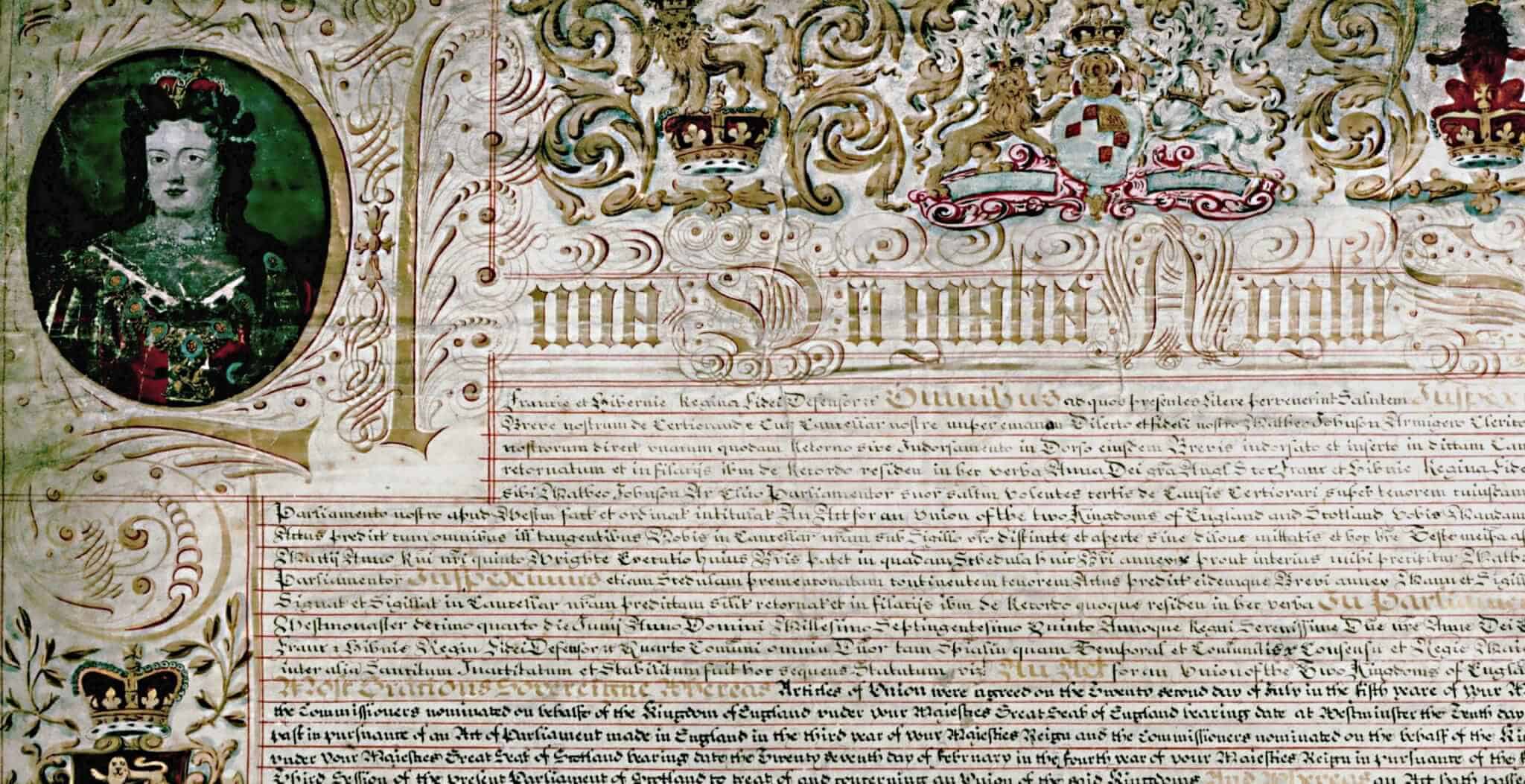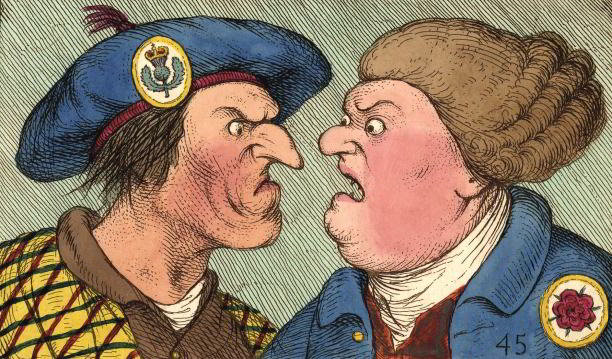The History of Union Between Scotland and England
The Union of Crowns
The Beginning of Political Union
In 1603, King James VI of Scotland inherited the English throne and became James I of England as well, uniting the crowns of Scotland and England. This event marked the beginning of political union between the two neighboring kingdoms. His son Charles I later became the monarch of both realms, further strengthening the personal union. However, Charles proved to be an ineffective ruler who lost both kingdoms and his life during the English Civil War.

The Return of the Monarchy
When Oliver Cromwell died in 1658, the son of Charles I, Charles II, was restored to the throne of Scotland, England and Ireland. As the “Merry Monarch”, Charles II ushered in a more relaxed era after the austerity of the Commonwealth period. He normalized relations between the kingdoms and initiated the process of achieving full political integration.
The Darien Scheme and Its Impacts
Scotland’s Failed Colonial Venture
In the late 1600s, Scotland launched an ambitious overseas colonial scheme called the Darien Scheme, aiming to establish a trading post on the Isthmus of Panama. However, the venture faced numerous obstacles and ultimately failed due to various political, economic and environmental factors. The disastrous outcome bankrupted many Scottish investors and intensified the desire for a closer union with England.
The Financial Crisis in Scotland
The collapse of the Darien Scheme plunged Scotland into a severe financial crisis. A large portion of capital had been wiped out, undermining Scotland’s economic strength. In the aftermath, pro-union voices grew more influential, arguing that only through unity with England could Scotland regain financial stability and trading advantage.
The Acts of Union in 1707
Negotiating the Terms of Union
To resolve problems arising from the overlapping claims of sovereignty, negotiations began between Scottish and English representatives to discuss potential union terms. After much debate, the Acts of Union were agreed in 1707, creating the Kingdom of Great Britain comprised of England and Scotland.
The Impact of Union on Scotland
The Union brought stability and prosperity for Scotland in the long run. It gained access to English colonial trade networks and markets. By 1807, over a third of the Royal Navy consisted of Scottish ships, officers and crews. However, some perceived Scotland’s loss of autonomy in the political process as coming at a cost to its national identity.
Growth of Unionist and Separatist Sentiments in Scotland
Emergence of Unionist Views in Scotland
In the 19th century, as Scotland experienced the benefits of union, unionist beliefs grew more popular. Many Scots recognized their country had enjoyed its longest period of peace and stability as part of the United Kingdom. Figures like Walter Scott helped promote a shared British national identity.
Resurgence of Scottish Nationalism
However, resistance to union also persisted. Events like the ill-fated Darien Scheme and policies disliked by Scots, such as Margaret Thatcher’s poll tax, stoked separatist fires periodically. In recent decades, grievances around devolution have boosted support for independence again. The Brexit vote also reignited the constitutional question in Scotland.
Conclusion
Over four centuries, the relationship between Scotland and England has evolved greatly through both cooperation and conflict. Ultimately, pragmatic considerations of stability, trade and shared sovereignty have kept the union intact, though nationalist aspirations ensure the debate will continue into the future. As the UK renegotiates its place in the world, Scotland’s constitutional status remains one of its most consequential political questions.
